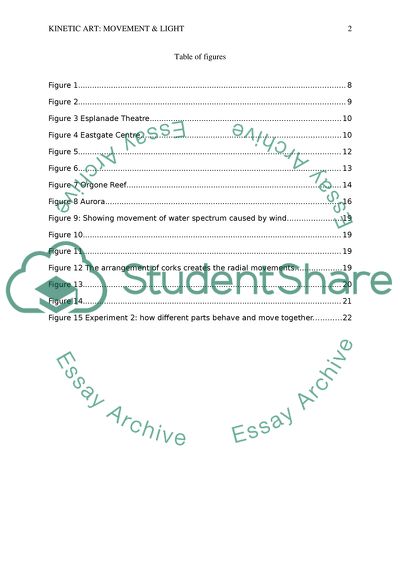Cite this document
(Linking Architecture to Nature through Biological System Research Proposal Example | Topics and Well Written Essays - 3250 words, n.d.)
Linking Architecture to Nature through Biological System Research Proposal Example | Topics and Well Written Essays - 3250 words. https://studentshare.org/architecture/1855360-linking-architecture-to-nature
Linking Architecture to Nature through Biological System Research Proposal Example | Topics and Well Written Essays - 3250 words. https://studentshare.org/architecture/1855360-linking-architecture-to-nature
(Linking Architecture to Nature through Biological System Research Proposal Example | Topics and Well Written Essays - 3250 Words)
Linking Architecture to Nature through Biological System Research Proposal Example | Topics and Well Written Essays - 3250 Words. https://studentshare.org/architecture/1855360-linking-architecture-to-nature.
Linking Architecture to Nature through Biological System Research Proposal Example | Topics and Well Written Essays - 3250 Words. https://studentshare.org/architecture/1855360-linking-architecture-to-nature.
“Linking Architecture to Nature through Biological System Research Proposal Example | Topics and Well Written Essays - 3250 Words”. https://studentshare.org/architecture/1855360-linking-architecture-to-nature.


